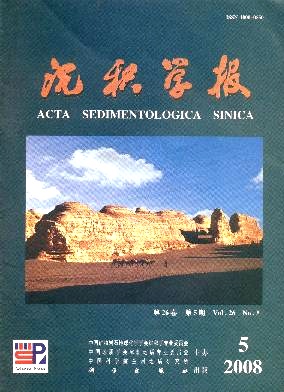Reservoir Porosity Prediction and Its Evolving History Modeling: a case of Shuangqing Region in the Liaohe West Depression
- Received Date: 1900-01-01
- Rev Recd Date: 1900-01-01
- Publish Date: 2008-10-10
-
Key words:
- diagenesis /
- sedimentary microfacies /
- predrilling reservoir quality prediction /
- porosity evolving history /
- Liaohe Depression /
- Bohai Bay Basin
Abstract: Based on the diagenetic modeling, the reservoir porosity of the lower Third Member of Shahejie Formation(Es3l) was predicted, and the porosity evolving histories was modeled, and the areas of effective oil and gas reservoirs were determined through building correlation models between the diagenetic intensity index(ID) and reservoir average porosity for various sedimentary microfacies of Shuangqing area of the Liaohe Depression. The results of porosity prediction show that the area of effective oil reservoirs with porosity greater than 8.5% and effective gas reservoirs with porosity greater than 5.8% are distributed on the slope zones. The absolute error between the predicted average porosity and measured porosity is 2.8%. However, the porefilling contents are up to 1.2%~45.0%, averaging at 16.9%.It means that these kinds of models are suitable for the porosity prediction and porosity evolving history modeling of classic rock reservoirs with more porefilling contents. The porosity evolving history modeling results suggest that the reservoir porosity during the early burial time is effected dominantly by sedimentary facies, but the reservoir porosity in the late burial time is controlled mainly by diagenesis.
| Citation: | MENG Yuan-lin. Reservoir Porosity Prediction and Its Evolving History Modeling: a case of Shuangqing Region in the Liaohe West Depression[J]. Acta Sedimentologica Sinica, 2008, 26(5): 780-788. |






 DownLoad:
DownLoad: